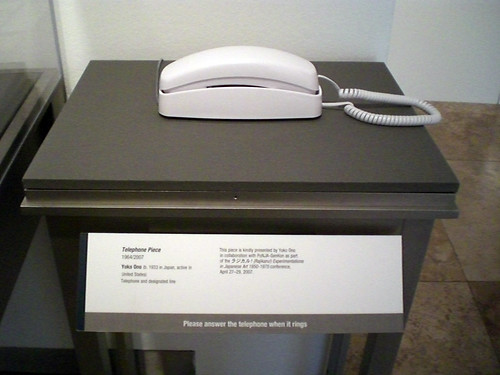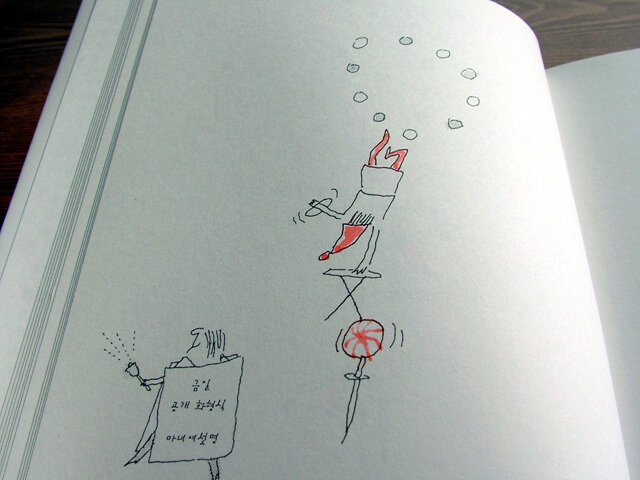In 1973 Harcourt Brace Jovanovich published "Dig! A Journey under the Earth's Crust" written and illustrated by John and Faith Hubley as a companion to the film.
This copy is a discard from Letcher County Public Library in Whitesburg, KY. There are a scant 20 return dates stamped, the earliest May 9, 1974 then no more until August 29, 1977 and the last being July 22, 1993.
Click on the images to enlarge.

It looks like some art was specially created for the book.
 But most are frames from the film.
But most are frames from the film. Still the layout is interesting.
Still the layout is interesting. And the new art utilizes the book form's strengths.
And the new art utilizes the book form's strengths. Even the reused work showcases Hubley's graphic smarts.
Even the reused work showcases Hubley's graphic smarts. A full page typically follows a page with several panels.
A full page typically follows a page with several panels. Although this changes up as the book progresses, creating a cinematic pace for the reader.
Although this changes up as the book progresses, creating a cinematic pace for the reader.
The limited tones also resonate with Hubley's economics -both financial and graphic.
 There are narrative jumps in a book that you won't find in his films.
There are narrative jumps in a book that you won't find in his films.
The book has a familiarity to it. I wonder if this was in the library at St. Dominic's Elementary school. Probably not, but the style is quintessential "mysterious grade school" to me. It feels like those forgotten books that were magically mine in the corner of our tiny library.
This title may not have been that for me, but it must have been for someone. A pre-teen bookworm completely unaware of the artists' place in the Pantheon of American Film.







































